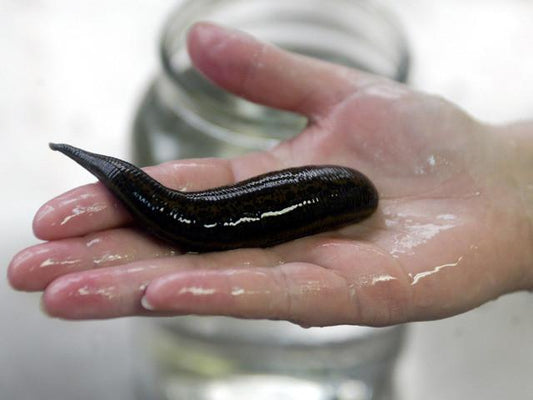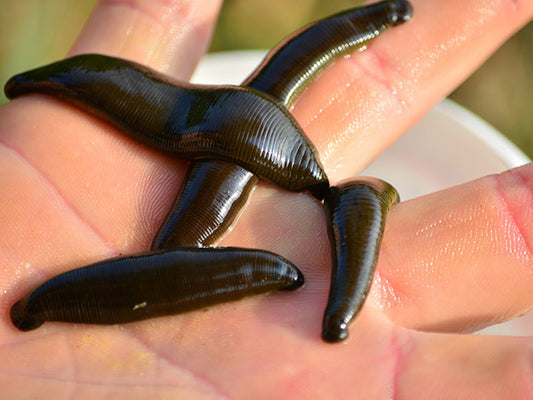Hirudo Therapy and Science II

Leech therapy: help with osteoarthritis, back p...
Leech therapy: help with osteoarthritis, back pain and high blood pressure Leech therapy - sounds disgusting, but can work wonders - especially in pain. The use of small bloodsuckers is...
Leech therapy: help with osteoarthritis, back p...
Leech therapy: help with osteoarthritis, back pain and high blood pressure Leech therapy - sounds disgusting, but can work wonders - especially in pain. The use of small bloodsuckers is...

Scientific studies into treatment of gonarthros...
Treatment of gonarthrosis with Hirudo Medicinalis (medical leech): How does the therapy affect the sensation of pain and the mechanical touch threshold? Background: Gonarthrosis is one of the most...
Scientific studies into treatment of gonarthros...
Treatment of gonarthrosis with Hirudo Medicinalis (medical leech): How does the therapy affect the sensation of pain and the mechanical touch threshold? Background: Gonarthrosis is one of the most...
Medical leeches are back because everything sucks
Editor's Note: The video of leeches used in surgery is a bit bloody — especially after the 2-minute mark. Leeches get a bad rap — but they might not deserve...
Medical leeches are back because everything sucks
Editor's Note: The video of leeches used in surgery is a bit bloody — especially after the 2-minute mark. Leeches get a bad rap — but they might not deserve...






